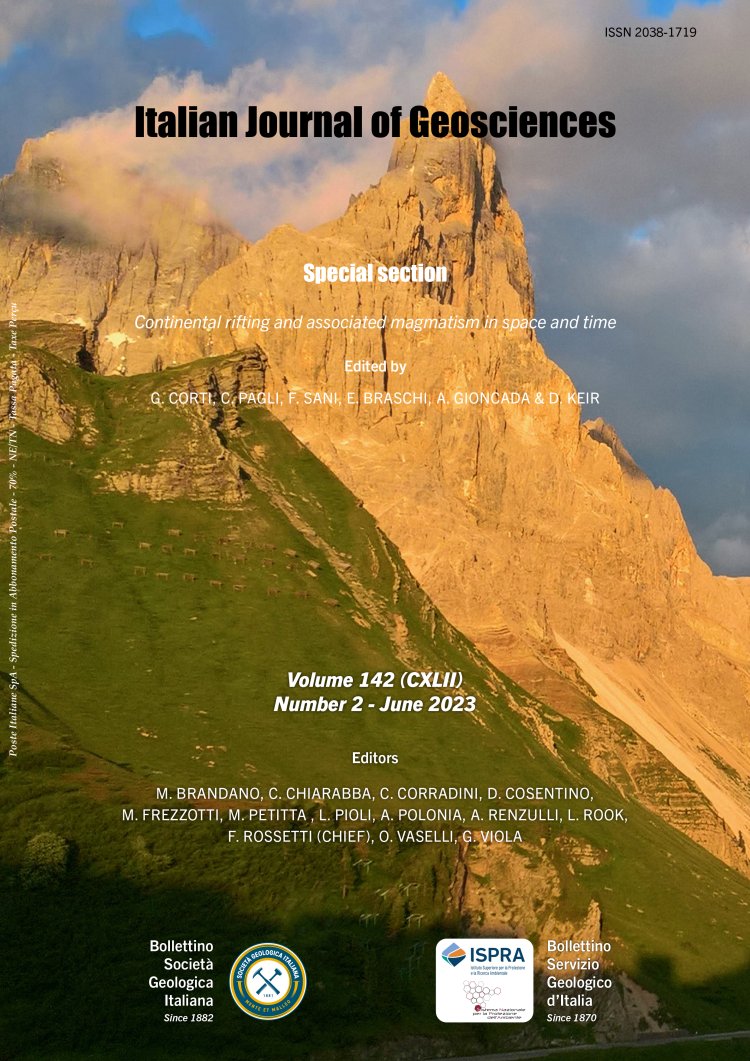
Structural styles at the junction between the Eastern Atlas Fold and Thrust Belt and the northern Sahel-Gulf of Hammamet foreland basin (Tunisia)
Fatima Ezzahra Bouchneb1, Mannoubi Khelil1,2, Radhouane Khouni1, Mohamed Ghanmi1, Fouad Zargouni1, François Roure3 & Sami Khomsi2,4
1Faculté des sciences Tunis, University of Tunis, El Manar, Tunisia.
2Laboratoire Géoressources, LGR, CERTE, University of Carthage, Tunisia.
3IFP énergies nouvelles, Ruel Malmaison, France.
4Department of Geoexploration, Faculty of Earth Sciences, King Abdulaziz University, Jeddah, Saudi Arabia.
Corresponding author e-mail: fatima.bouchneb@gmail.com
Volume: 142 (2023) f.2
Pages: 149-164
Abstract
The Tunisian Eastern Atlas Fold and Thrust Belt is characterized by NE-SW fold-thrust structures derived from intracontinental basin inversion during the convergence between Africa and Eurasia. In this paper, we study the transition from this folding-thrusting domain to its foreland basins by discussing a regional structural transect based on field investigations, well data correlations and, seismic lines interpretation. Well correlations highlight significant thickness and facies variations particularly affecting the Cretaceous units, deposited during the Tethyan rifting. Successive compressional events during the Eocene and the upper Miocene-Quaternary have controlled the inversion process, thus shaping the overall present-day structure. Along the Atlas, we observed several large anticlines controlled by deep NE-SW thrusts that root down into a regional-scale major décollement that corresponds to Triassic evaporites. In the field, contractional structures such as fault propagation folds and pop-ups are identified. Unlike the Atlas Fold and Thrust Belt, the Sahel Mesozoic and Paleogene series are buried under thick Neogene to Quaternary syntectonic deposits with sediments supplied from the erosion of the uplifted Atlas structures, recording a high subsidence rate. The Sahel foreland is characterized by buried fold and thrust structures, which define an outer deformation front. Besides contraction, the Sahel Foreland basin is also affected by extension related to the Strait of Sicily rift. Seismic profile interpretation highlights the presence of a large scale rollover developed over a listric fault controlled by a deeper extensional system affecting the Paleozoic series.
Keywords
Get Full Text